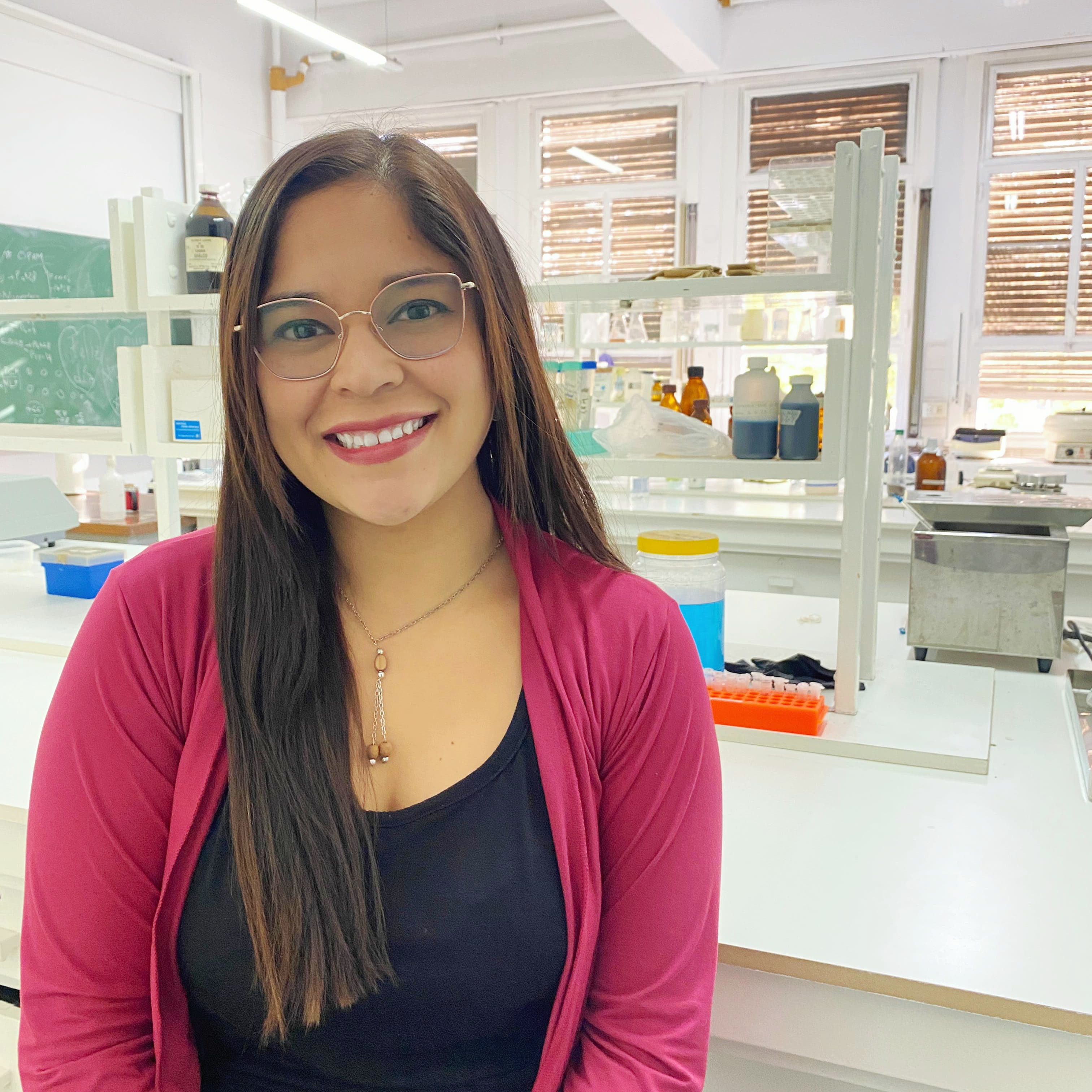May 30, 2025
Plasmid Storage by Filter Paper and Ethanol Precipitation
- Reclone Latin America Hub1
- 1Reclone (The Reagent Collaboration Network)
- Reclone.org (The Reagent Collaboration Network)Tech. support email: protocols@recode.org

Protocol Citation: Reclone Latin America Hub 2025. Plasmid Storage by Filter Paper and Ethanol Precipitation. protocols.io https://dx.doi.org/10.17504/protocols.io.j8nlkrq3wv5r/v1
License: This is an open access protocol distributed under the terms of the Creative Commons Attribution License, which permits unrestricted use, distribution, and reproduction in any medium, provided the original author and source are credited
Protocol status: Working
We use this protocol and it's working
Created: May 29, 2025
Last Modified: May 30, 2025
Protocol Integer ID: 219125
Funders Acknowledgements:
Chan Zuckerberg Initiative
Abstract
These protocols describe two cost-effective and reliable methods for shipping plasmid DNA without requiring cold chain logistics. Originally adapted from iGEM team experiences (Cambridge 2011, HKUST 2009, and others), these methods have been widely used and optimized for plasmid exchange between research teams.
Materials
Plasmids on Filter PaperReagents:
- Whatman No. 1 filter paper (or equivalent)
- Nuclease-free water
- Pencil
- 1.5 mL sterile microcentrifuge tubes
- Vortex mixer
- Microcentrifuge
Storage Plasmids by Ethanol Precipitation
- 100% ethanol
- 75% ethanol
- 3 M sodium acetate (NaAc), pH ~5.2
- Nuclease-free water
- Microcentrifuge
- Speed-vac or 37 °C heating block
- Ice or –20 °C freezer
Protocol 1: Plasmids on Filter Paper
Protocol 1: Plasmids on Filter Paper
Using a clean Whatman No.1 filter paper (or equivalent), mark a circle with a pencil. Avoid using ink or markers.
Spot approximately 0.3 µg of plasmid DNA (ideally in 1 µL with 0.3 µg of plasmid) into the marked circle.
Figure 1: Application of plasmid DNA onto filter paper.
Allow the DNA to dry at room temperature in a sterile environment (e.g., inside a laminar flow hood).
Place the dried filter paper into a plastic bag and seal it using a heat sealer.
Ship the sealed bag containing the dried plasmid DNA.
To recover the DNA:
Using clean gloves and sterile tweezers, cut out the dried spot containing the plasmid DNA.
Place the cut filter paper into a 1.5 mL microcentrifuge tube.
Add 50 µL of nuclease-free water, briefly vortex, and incubate at room temperature for 5 minutes.
Vortex again, briefly centrifuge, and use 5 µL of the supernatant for transformation into E. coli.
- A pipette tip can also be used to gently grind the filter paper inside the tube to improve plasmid release before vortexing.
Figure 2: Resuspension of plasmid DNA from filter paper using a pipette tip
Note: This DNA is suitable only for transformation and plasmid propagation, not for direct enzymatic reactions or sequencing.
Protocol 2: Storage Plasmids by Ethanol Precipitation
Protocol 2: Storage Plasmids by Ethanol Precipitation
Transfer the plasmid DNA to a 0.5 or 1.5 mL Eppendorf tube.
If sample volume is below 50 µL, add nuclease-free water to reach 50 µL (optional, for better handling).
Ensure that at least 0.3 µg of plasmid DNA is present for efficient precipitation.
Add 2 volumes of 100% ethanol to the DNA solution.
Add 0.1 volumes of 3 M sodium acetate (NaAc).
Incubate the mixture at –20 °C for 30 minutes (longer incubation or overnight improves yield).
Centrifuge at 10,000 rpm for 15 minutes to pellet the DNA.
Carefully remove the supernatant.
Wash the pellet with 100 µL of cold 75% ethanol.
Centrifuge again at 10,000 rpm for 10 minutes and discard the supernatant.
Allow the pellet to dry by using a speed-vac, or leaving the tube open at room temperature or in a 37 °C heat block.
Ship the dried pellet as is.
To rehydrate the plasmid:
Add 10 µL of nuclease-free water and pipette gently to resuspend the DNA.
Note: This DNA is suitable only for transformation and plasmid propagation, not for direct enzymatic reactions or sequencing.
